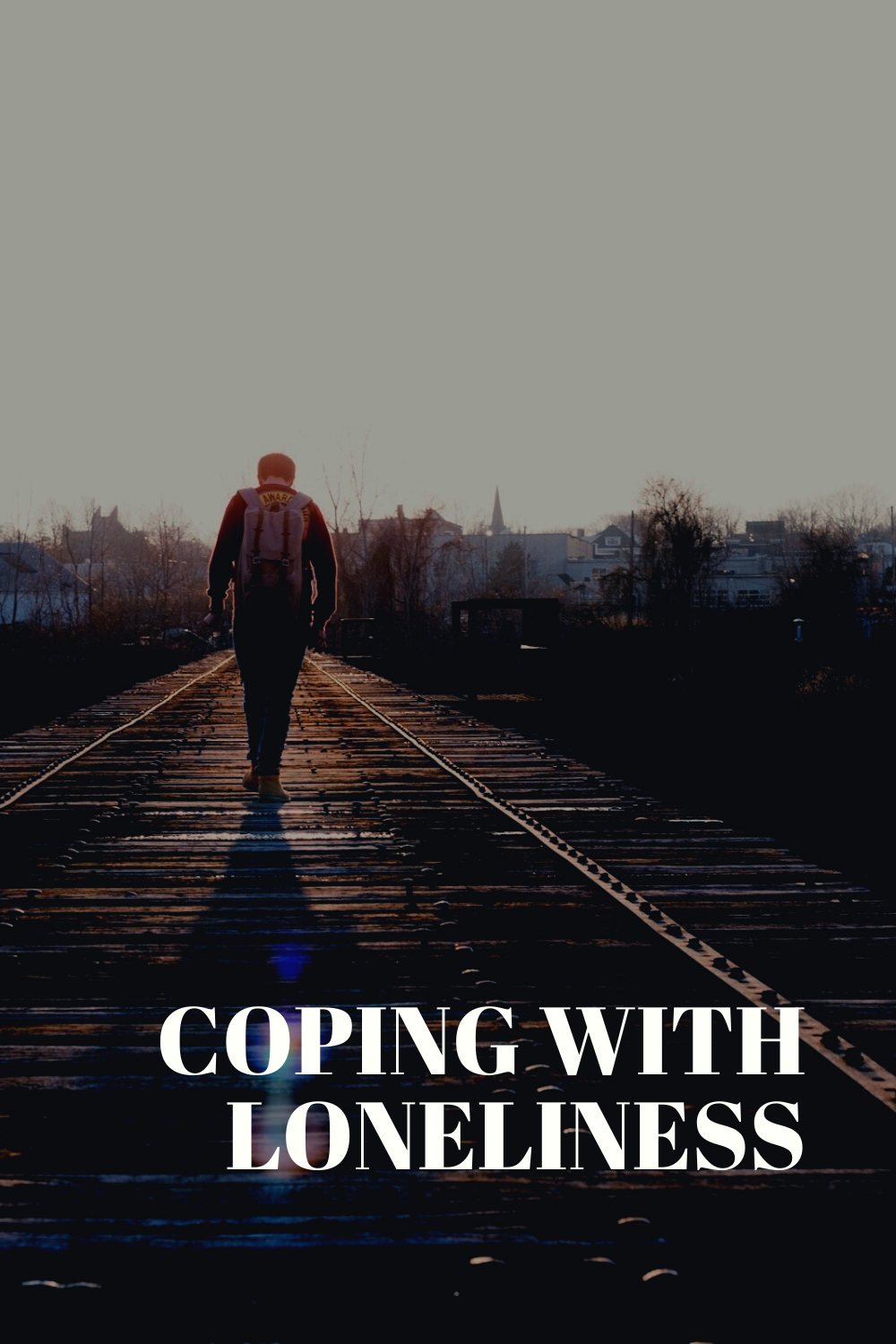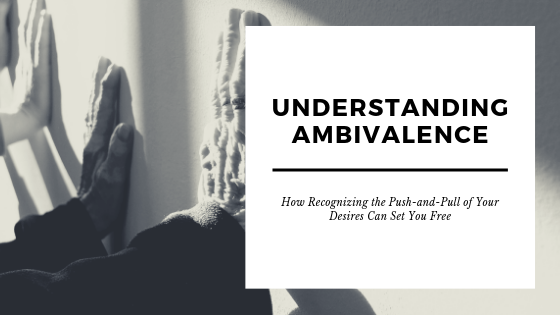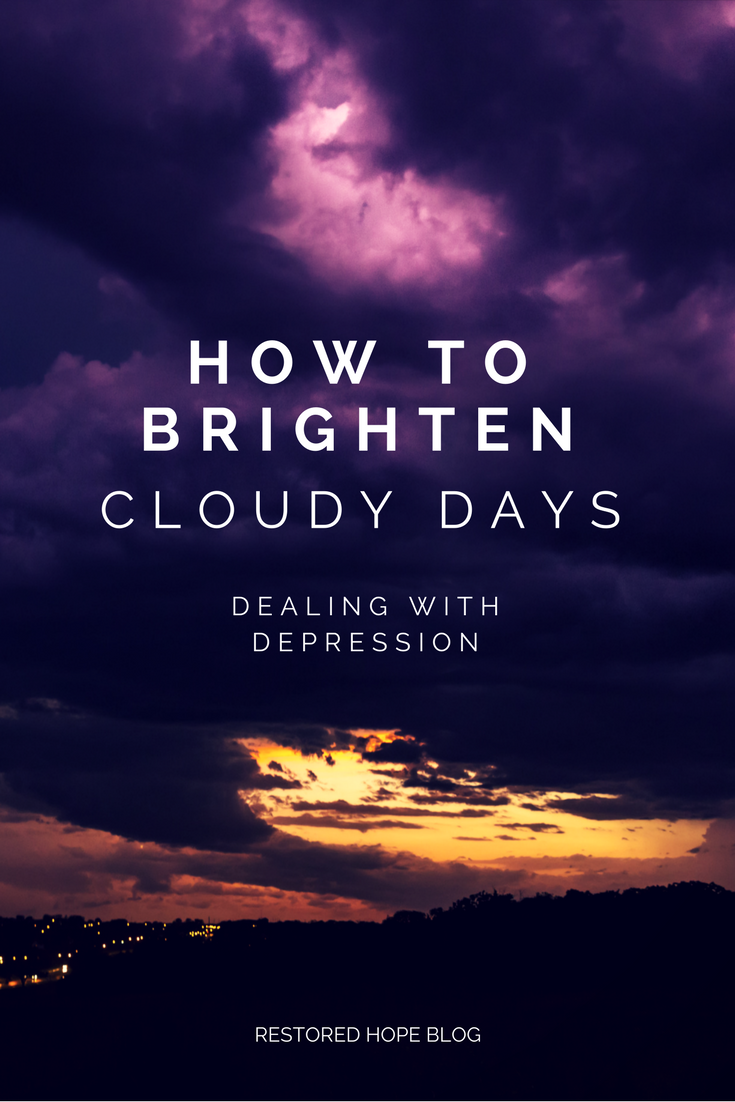It’s safe to say that we’ve all experienced loneliness at some point or another in our lives. A gnawing sense in your stomach. A sadness that sets over you that seems to come out of nowhere. A desire to be around other people, to talk to them about what you’re feeling or thinking.
Loneliness comes from a legitimate desire to be loved, seen, and known by others. Since the days of our infancy, where we were dependent on parents or caregivers for connection, we’ve known we needed people.
Why might you be feeling lonely?
Depression and/or Anxiety
Isolation is a common symptom of depression. Feelings of worthlessness or hopelessness can lead you to retreat within yourself and avoid social contact. Anxiety can also prevent you from feeling connected to people. You might have social anxiety that arises in situations when you’re with others. Or you may be unable to maintain connection with others due to distraction by your worries.
Both of these experiences may feel unique to you. You might think, “does anyone else feel or think this way?” Negative self-talk and beliefs that drive depression and anxiety (ie. “I’m a loser.” “I’m alone.” “No one could love me.”) perpetuate these feelings of loneliness.
Addiction Recovery
If you’re in recovery from an addiction, particularly sexual addiction, you might be dealing with loneliness as well. Sexual addiction is an intimacy disorder, meaning that it substitutes false intimacy through sexual acting out in place of true intimacy. Often loneliness drives the addictive behaviors.
But while removing those areas of false intimacy in the process of recovery, an addict might also be experiencing the natural consequence of separation from loved ones or family members who have been impacted by the addict’s behaviors. This can lead to intense feelings of loneliness, as the addiction is no longer present as a way to escape or self-medicate.
Partner Betrayal Trauma
Or perhaps you’re on the other side of the coin, where you’ve seen your spouse succumb to sexual addiction and you’ve been blindsided by the pain and hurt they’ve inflicted. The person you once felt closest to has now become untrustworthy.
Further still, the pain of betrayal associated with sexual addiction is often a secret shame. Whether out of protection for your spouse or out of fear of being judged by others, you might avoid telling others about what you’re experiencing. This inevitably leads to feelings of isolation and loneliness as you don’t know where to turn for support.
General Isolation
There are plenty of other reasons you might feel lonely. A new move across the country to a city you’ve never lived in, difficulty finding people with mutual interests, hurt or betrayal from past relationships: all can make you reluctant to open up to others.
Whatever the reason, loneliness can be crippling and painful, and it’s hard to know how best to cope with it.
How to Find Your People
While this may not always be an easy option, the most straightforward way to move past loneliness is to find your people. Here are a few places to start.
Existing Relationships
Identify a safe person you already know with whom you can talk: someone who can empathize with what you’re going through and offer support (Safe People by Henry Cloud and John Townsend is great resource for exploring this.) Ask these friends if they would be willing to offer you support on a regular basis. Lead with vulnerability in those interactions, sharing about what’s really going on in your life, as vulnerability invites connection. And be someone who offers support to others as well. when they’re having a rough time, listen to them and validate their experience, offering care in the same way you’ve received it from them.
Groups
Support groups are an easy way for you to find others who are dealing with similar issues related to depression, anxiety, or addiction recovery. You can find this support through 12 Step meetings, church-based support, or therapy groups. You might also benefit from finding a local meetup or group based on a special interest or hobby. Volunteering is another great way to meet people in your area, along with providing other mental health benefits by focusing on the needs of others.
Coping with Loneliness in the Moment
If your feelings of loneliness happens often and cause a lot of distress, this hints that there is more to the story. What if you feel lonely even when you’re surrounded by people? Does loneliness feel intolerable to you when you’re in the midst of it? Do you do whatever it takes to escape loneliness, even if “what it takes” is destructive to you or your family?
When you feel lonely, get curious.
Ask yourself why. Where’s this loneliness coming from? Check in with your emotions and thought patterns. Identify what physical sensations are associated with that loneliness. Understanding what might have triggered the feelings of loneliness or what might be contributing to them can help you decide how to move forward.
Explore what loneliness felt like as a kid and how you coped (or didn’t) with it then.
When you’ve explored what loneliness feels like in your body and emotions, allow your mind to go back to others other experiences where you’ve felt similarly. You might have memories from childhood or teenage years, or they may be more recent. Ask yourself: how did I cope with loneliness back then? What did I do with it, good or bad? Was I ever taught to deal with loneliness by parents or caregivers? Are there betrayals or wounds from relationships where I felt a similar sense of loneliness?
Ask yourself what you needed.
In those memories, allow yourself to connect back to that earlier version of yourself and ask: what did I need back then? Maybe it was a friend to sit with you in your loneliness. Maybe it was an understanding parent. Maybe you needed to learn fun or healthy ways to take your mind off the loneliness until you were able to be with people again.
Validate your own loneliness.
After going through this exercise, does it make sense why you might feel lonely now? What connections can you make to the present moment? Do you have compassion or empathy from the younger version of yourself? If you can identify and validate your loneliness, you’re less likely to be afraid of it. It changes from a monster to something more manageable.
Get to know yourself better.
When you’re lonely without an easy way out, see it as an opportunity to spend some time with yourself. Explore your hobbies. Journal. Learn more about who you are. If it feels difficult to spend time with yourself, or if you feel avoidance or shame around getting to know yourself, that might hint at some deeper issues associated with identity that may be worth exploring further in one-on-one counseling.






















